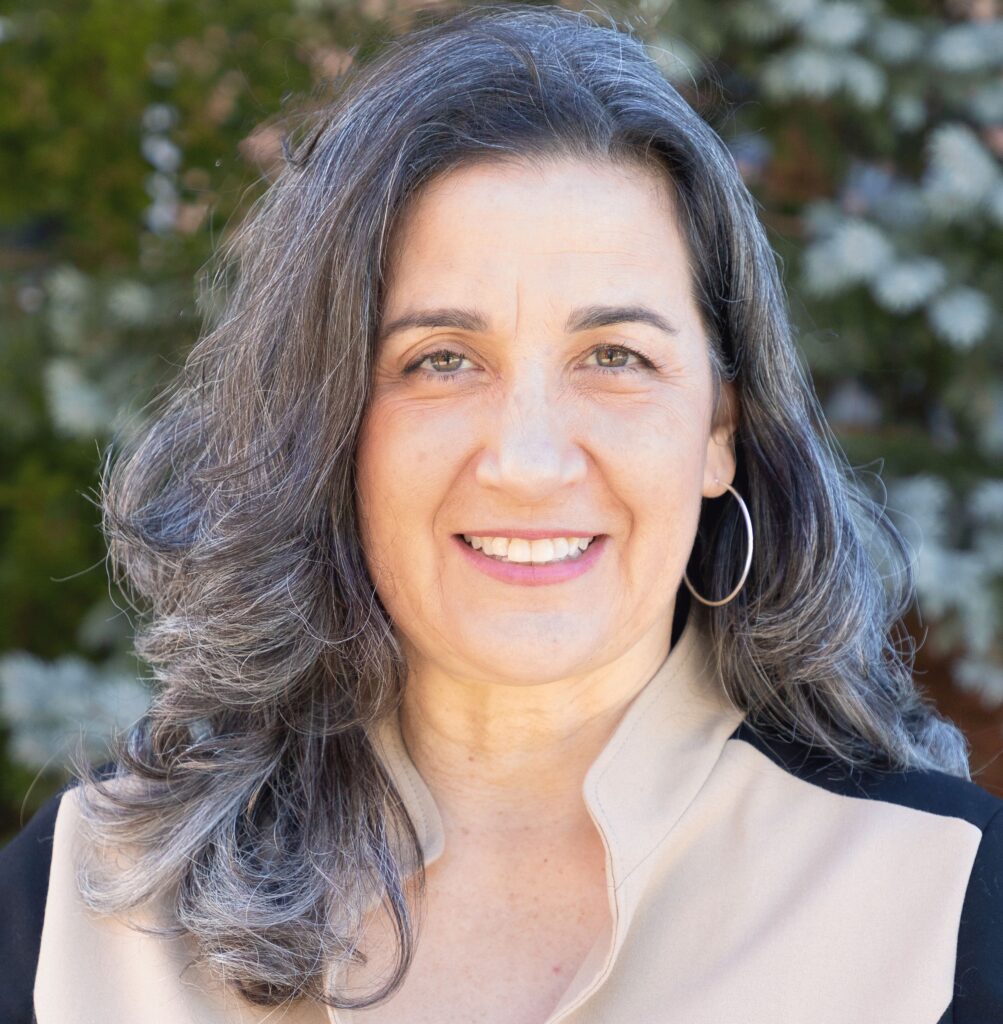This week UMBC was named as one of four institutions chosen to work together on a National Science Foundation-funded project to establish a new science educational center at the Arecibo Observatory site in Puerto Rico. NSF will contribute more than $5 million over five years to establish the multidisciplinary center, called the Arecibo Center for Culturally Relevant and Inclusive Science Education, Computational Skills, and Community Engagement (Arecibo C3).
The center is expected to open in early 2024 and will include a research laboratory and a hands-on, interactive science center open to the public.

Patricia Ordóñez, M.S. ’10, Ph.D. ’12, computer science, an associate professor in information systems, will lead UMBC’s contributions to the project. As part of the Arecibo C3 collaboration, Ordóñez is organizing a Women in Data Science Puerto Rico conference, as well as several workshops in data science that will be held both online and in person. One of the workshops will prepare attendees to participate in the 2024 Women in Data Science Worldwide datathon. Other workshops will recruit mothers and daughters to learn coding together, and will teach new skills to women and other participants who already code.
Several UMBC graduate and undergraduate students and staff members have been involved in developing and testing the workshop materials.
“My passion has always been to increase the number of Latinas in computing,” says Ordóñez, who, before joining the faculty of UMBC, was a member of the computer science department at the University of Puerto Rico-Río Piedras. “There are too few of us in the field—creating inclusive programs from Arecibo C3 will help us bridge that gap.”
The other grant awardees are Cold Spring Harbor Laboratory, University of Puerto Rico-Río Piedras, and the Universidad del Sagrado Corazón. In addition to data science programming, Arecibo C3 will offer a suite of activities, including explorations of biodiversity and how to identify species using short segments of DNA. The Arecibo C3 team will also advance research to explore how STEM teaching can be enhanced through the presentation of data in audio, tactile, and other sensory forms, to increase accessibility.
“The new educational center builds on the great scientific, educational, and cultural legacy of the Arecibo Observatory and is closely aligned with NSF’s goal to create STEM opportunities everywhere,” said James L. Moore III, NSF assistant director for STEM Education, in a press release. “The center aims to create new opportunities for STEM education, exploration, discovery, engagement and participation of students, scientists and researchers in various STEM disciplines ranging from astronomy and radio science to biological, computer and natural sciences in Puerto Rico and beyond.”
Ordóñez credits the talents of the whole Arecibo C3 team with turning what feels like a dream of hers into a reality. “We recognize the responsibility of what we are doing and we are going to work very hard to create the environment of inclusive excellence in Arecibo that everyone deserves, so that everyone sees they have a place in STEM,” she says.
For updates on the project, please visit the Arecibo C3 website.
Tags: COEIT, CSEE, Puerto Rico, rca-1, Research, Science Education

